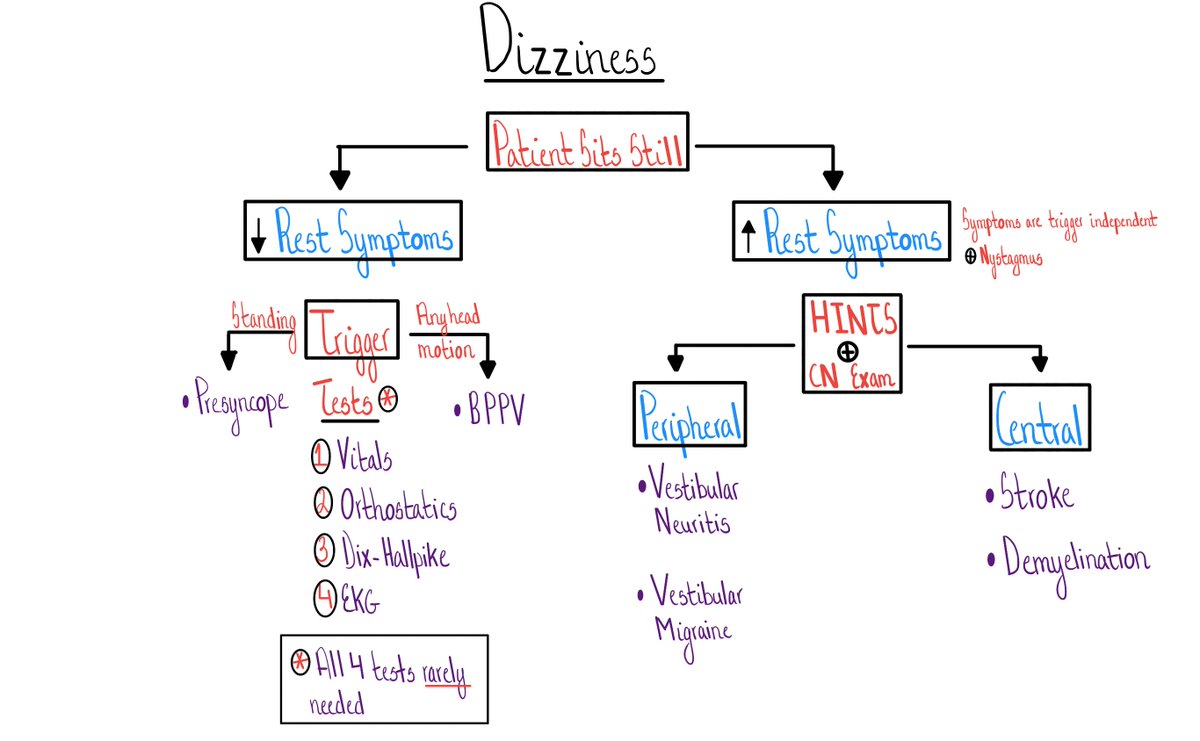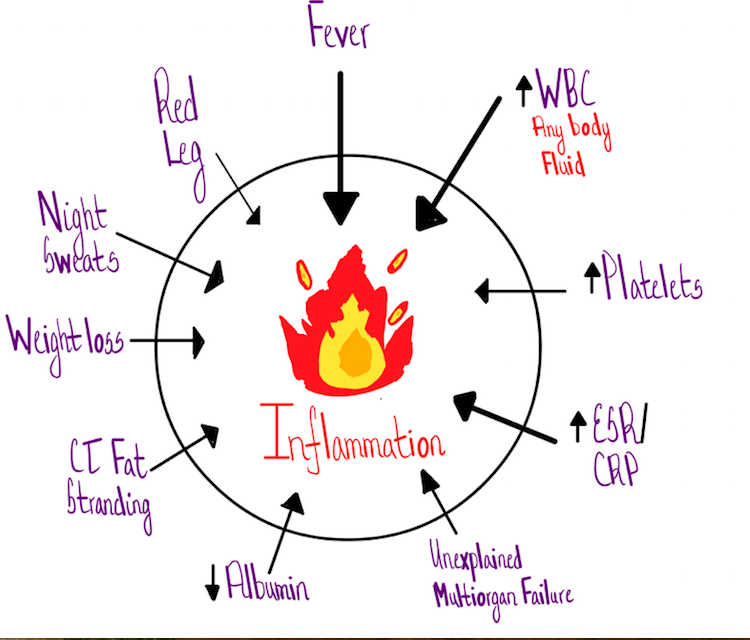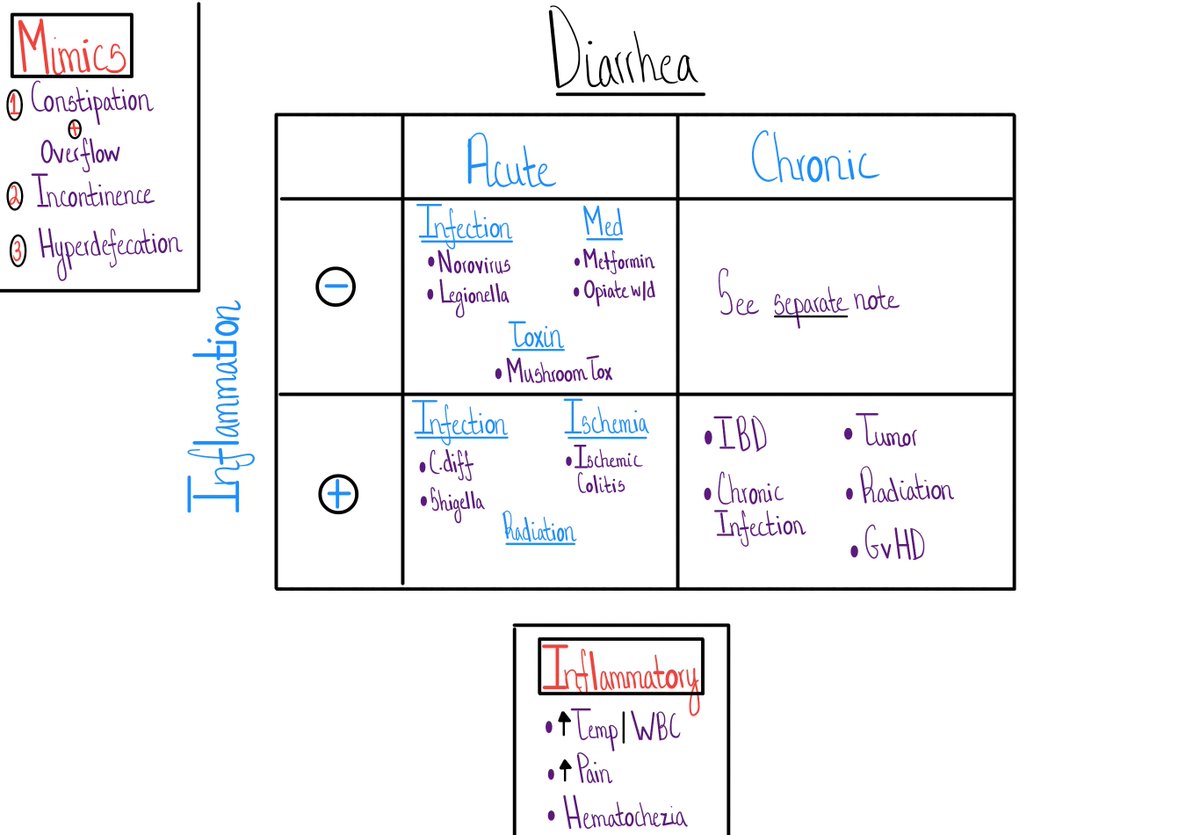
Teaching Rounds Day 5
Thrombocytopenia
Hold your breath.
Schistos?
Heparin?
Breathe!
Join us, #medtwitter & #medstudent twitter!
Thrombocytopenia
Hold your breath.
Schistos?
Heparin?
Breathe!
Join us, #medtwitter & #medstudent twitter!

Is there an approach to thrombocytopenia?
I don't think so.
There are just way, way to many possibilities to make progress with just this information alone.
How can we make this a less cognitively challenging task?
I don't think so.
There are just way, way to many possibilities to make progress with just this information alone.
How can we make this a less cognitively challenging task?
ISOLATED thrombocytopenia is usually a destruction problem.
Only a few bone marrow issues can affect the platelets ALONE without causing problems with other cells lines
Only a few bone marrow issues can affect the platelets ALONE without causing problems with other cells lines

Splenomegaly (@CPSolvers schema bit.ly/2vHTvf2) starts off with just low platelets, eventually the HgB and the WBC will go down too..
Isolated thrombocytopenia is usually a destruction problem....
What can destroy platelets?
1. Microangiopathic hemolytic anemia
2. Intravascular devices
3. Antibodies
4. Infections
Within these, there are 2 HIGHLY morbid conditions..
What can destroy platelets?
1. Microangiopathic hemolytic anemia
2. Intravascular devices
3. Antibodies
4. Infections
Within these, there are 2 HIGHLY morbid conditions..

Hold your breath....
Schistocytes...?
If you see schistocytes on the smear, your patient has a MAHA, and you have to move quickly.
More here - bit.ly/2uZeMR7
Most patients with a MAHA will have an anemia.
But NOT all of them....bit.ly/2TNe2XA
If you see schistocytes on the smear, your patient has a MAHA, and you have to move quickly.
More here - bit.ly/2uZeMR7
Most patients with a MAHA will have an anemia.
But NOT all of them....bit.ly/2TNe2XA
Heparin...?
Thrombocytopenia + heparin exposure makes us worry about HIT, one of the most hypercoaguable conditions we know!
This is where the 4T score comes in handy!
bit.ly/2PUuYdA
Thrombocytopenia + heparin exposure makes us worry about HIT, one of the most hypercoaguable conditions we know!
This is where the 4T score comes in handy!
bit.ly/2PUuYdA
Schistos?
No.
Heparin?
No.
Ok, cool.
Breathe...
Sit back, relax, and let's put our thinking hats on.
No.
Heparin?
No.
Ok, cool.
Breathe...
Sit back, relax, and let's put our thinking hats on.
Most isolated thrombocytopenia is antibody mediated.
The named antibodies - APLS and HIT - induce a hypercoaguable state.
The others have a propensity for bleeding.
The named antibodies - APLS and HIT - induce a hypercoaguable state.
The others have a propensity for bleeding.

Most ITP is primary...
Before you land there, cross check your secondary triggers...
More about ITP from the one and only @Anand_88_Patel here - bit.ly/38pIxbD
Before you land there, cross check your secondary triggers...
More about ITP from the one and only @Anand_88_Patel here - bit.ly/38pIxbD

Alright, let's recap.
1. It's tough to approach thrombocytopenia as a whole.
Study the remainder of the CBC to guide your thinking.
2. Isolated thrombocytopenia is usually a destruction problem.
1. It's tough to approach thrombocytopenia as a whole.
Study the remainder of the CBC to guide your thinking.
2. Isolated thrombocytopenia is usually a destruction problem.
3. Schistos?
No.
Heparin?
No.
BREATHE!
4. Odds are you'll land on primary ITP; make sure you get there only after exploring secondary triggers
No.
Heparin?
No.
BREATHE!
4. Odds are you'll land on primary ITP; make sure you get there only after exploring secondary triggers
Let's get ready for our next #nerdout session.
We've talked about anemia - bit.ly/2TqR5KV
and now we've explore isolated thrombocytopenia.
What if we have BOTH anemia and thrombocytopenia?
More on this later, but here's a sneak peak.
Rock on, friends.
👊
We've talked about anemia - bit.ly/2TqR5KV
and now we've explore isolated thrombocytopenia.
What if we have BOTH anemia and thrombocytopenia?
More on this later, but here's a sneak peak.
Rock on, friends.
👊

• • •
Missing some Tweet in this thread? You can try to
force a refresh












